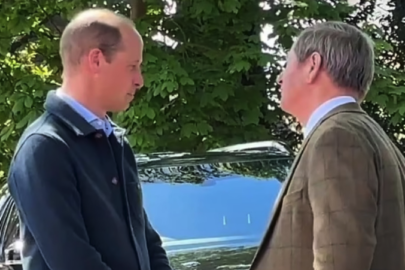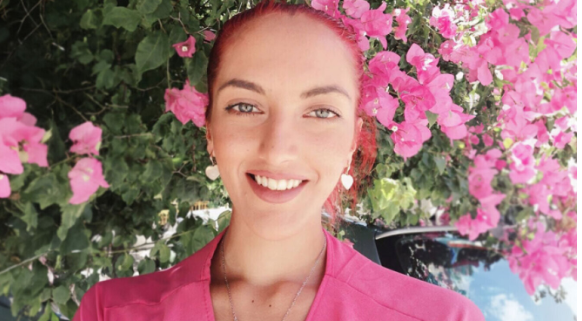In a brightly lit lab in the outback town of Alice Springs, researchers have been inspecting vials of blood infected with an ancient virus that has lurked in Australia for thousands of years.
It is called T-cell lymphotropic virus type 1— or HTLV-1 — and Australia has the highest levels in the world.
A distant relative of HIV, it is a blood-borne virus that can be sexually transmitted or passed from mother to child.
The virus can lead to inflammation of the skin, eyes and lungs.
“You’re also at risk of developing things like leukemia, so blood cancer, and becoming disabled through spinal cord injuries,” researcher Joel Liddle said.
“Once your pro-viral load is high, you’re at a high risk of poor health.”
Researchers said, in most cases, leukaemia caused by the virus could be “rapidly fatal”.
HTLV-1 is most common in ancient cultures, with cases being found in southern Japan, South America and Africa.
The virus is thought to have arrived in Australian from Indonesia thousands of years ago, but it continues to affect Aboriginal communities in the heart of the country.
Researchers from the Baker Institute for Heart and Diabetes in Alice Springs estimated 45 per cent of Indigenous adults in central Australia had HTLV-1.
“In remote Australia, it’s so out of sight, out of mind with a lot of things, health is just one of those things,” Mr Liddle said.
One of the difficulties with this virus is that most of those who have HTLV-1, don’t know they have it, and a vast number of Aboriginal communities have never been tested.
“I think there’s probably confusion and a little bit of anger, too. People [question] why haven’t they been told about this,” Mr Liddle said.
read more at abc.net.au



































